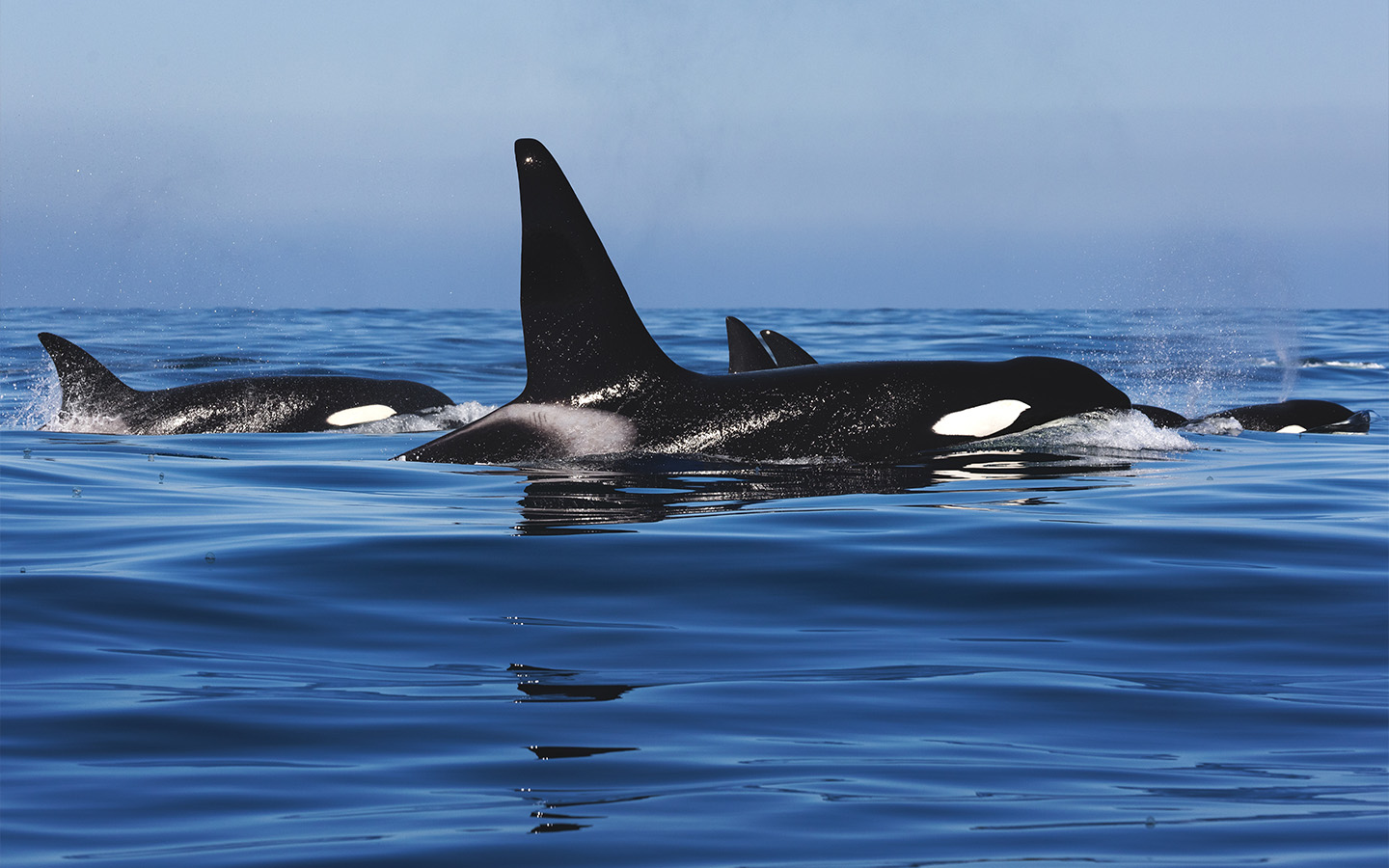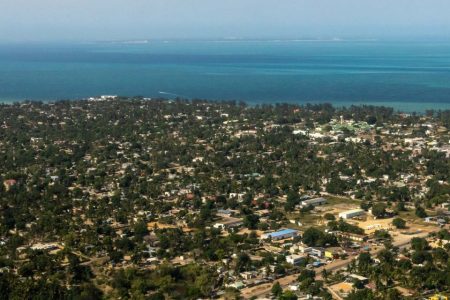In a three-day span, Portuguese authorities responded to three separate incidents involving pods of orcas attacking sailboats, according to multiple media reports.
The latest incident occurred Monday, as orcas repeatedly struck the bow of a sailboat off Costa de Caparica, in the municipality of Almada. Crew members sent out a distress call to the Maritime Search and Rescue Coordination Center (MRCC) in Lisbon via VHF radio, expressing their intention to continue to the port of Cascais. A patrol vessel responded, providing the necessary support for the damaged sailboat to reach shore. No injuries were reported.
Of the approximately 700 orca interactions recorded since 2020, according to reports compiled by the Cruising Association, based on data collected by the Atlantic Orca Working Group (GTOA), less than half caused damage to boats. Only seven boats have been confirmed as sunk by orcas.
Two days earlier, on Saturday, Portuguese authorities responded to two other boat strike incidents. The first occurred off Fonte da Telha beach. Notícias ao Minuto interviewed Captain João Filipe, who witnessed the attack and provided assistance. Filipe recounted a single orca making “two or three hits,” which were “enough to break the hull of the boat near the rudder,” leaving it without directional control and taking on water.
[See more: Portugal announces a massive new marine protected area]
Towing the boat back quickly proved futile as it began taking on more and more water, despite efforts to bail out the damaged side. Filipe brought the five-member crew onto his boat and abandoned the tow, still an hour from the nearest marina. The five-minute attack managed to sink the boat in less than an hour, its resting place on the seafloor marked by buoys.
A tourist boat off the bay of Cascais fared better later in the day, towed to shore by another boat and its four-member crew rescued by authorities.
While frightening, scientists believe the orca strikes are not intended to sink boats or hurt people. Orcas tend to go after small yachts, targeting the boats’ rudder, then swim off once it’s disabled.
“They’re pushing, pushing, pushing – boom! It’s a game,” Renaud de Stephanis, president of Conservation, Information and Research on Cetaceans (CIRCE), told Dive Magazine. “That’s all it is. Imagine a kid of 6, 7 years, with a weight of 3 tonnes. That’s it, nothing less, nothing more. If they wanted to wreck the boat, they would break it in 10 minutes’ time.”






